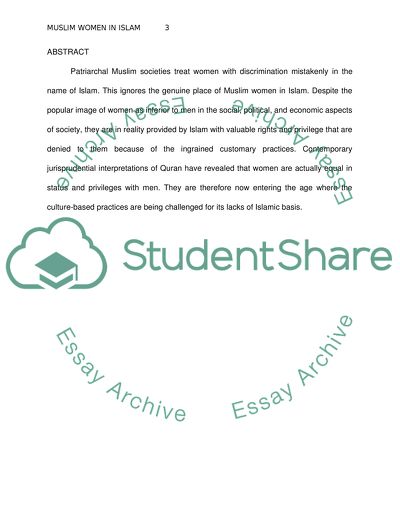Cite this document
(Social Status of Muslim Women in Islam Case Study, n.d.)
Social Status of Muslim Women in Islam Case Study. Retrieved from https://studentshare.org/gender-sexual-studies/1562792-muslim-women-today-in-islam
Social Status of Muslim Women in Islam Case Study. Retrieved from https://studentshare.org/gender-sexual-studies/1562792-muslim-women-today-in-islam
(Social Status of Muslim Women in Islam Case Study)
Social Status of Muslim Women in Islam Case Study. https://studentshare.org/gender-sexual-studies/1562792-muslim-women-today-in-islam.
Social Status of Muslim Women in Islam Case Study. https://studentshare.org/gender-sexual-studies/1562792-muslim-women-today-in-islam.
“Social Status of Muslim Women in Islam Case Study”. https://studentshare.org/gender-sexual-studies/1562792-muslim-women-today-in-islam.


